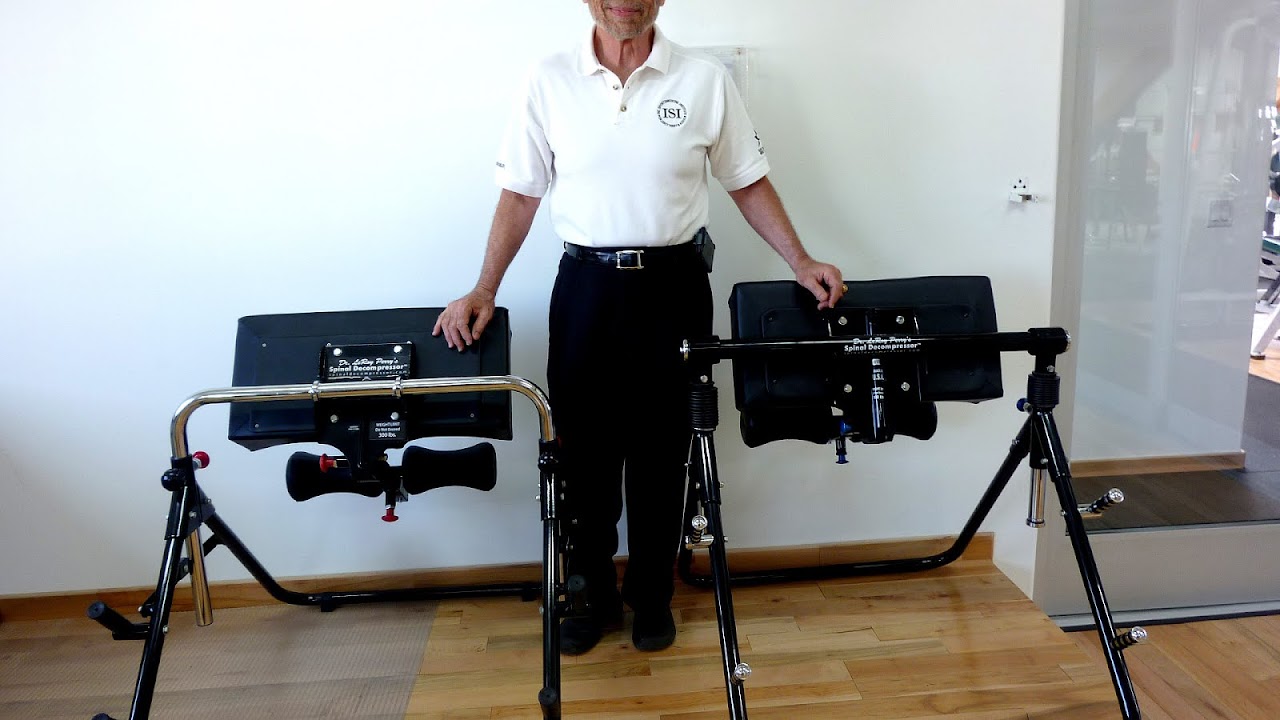
In orthopedic medicine, traction refers to the set of mechanisms for straightening broken bones or relieving pressure on the spine and skeletal system. There are two types of traction: skin traction and skeletal traction.

Maps, Directions, and Place Reviews
Modern techniques
Traction procedures are largely replaced now by more modern techniques, but certain approaches are still used today:
- Milwaukee brace
- Bryant's traction
- Buck's traction, involving skin traction. It is widely used for femoral fractures, low back pain, acetabular fractures and hip fractures. Skin traction rarely causes fracture reduction, but reduces pain and maintains the length of the bone.
- Dunlop's traction - humeral fractures in children
- Russell's traction
- Detensor's traction
Skeletal traction
Although the use of traction has decreased over the years, an increasing number of orthopaedic practitioners are using traction in conjunction with bracing (see Milwaukee brace).
Harrison et al. (2005) found that mirror image (opposite posture) postural corrective exercises and a new method of trunk-list traction resulted in 50% reduction in trunk list and were associated with nearly resolved pain intensity in this patient population. These researchers felt that their findings warranted further study in the conservative treatment of chronic low back pain and spinal disorders.
Spinal decompression
Spinal traction as a means of spinal decompression is often applied without directly touching bones as other methods of traction do. This is sometimes isolated inside-out by inflatable girdles or use of the transversus abdominis muscle. It is also done in conjunction with thigh-supported flexed-hip traction (inversion chairs, back hyperextensions) or done in conjunction with whole-leg traction (boots, tables) via inverted forms of suspension.
Traction of the spine (except the cervical) also occurs with upright suspension of the body from the arms, such as with pull-ups (exercise), dips (exercise), captain's chair, chinnings (chin up exercise) or other fitness movements with the feet dangling.
Spinal Decompression Doctors Video
Purpose
The purpose of traction is to:
- Regain normal length and alignment of involved bone
- Lessen or eliminate muscle spasms
- Relieve pressure on nerves, especially spinal
- Prevent or reduce skeletal deformities or muscle contractures
- To provide a fusiform tamponade around a bleeding vessel
In most cases traction is only one part of the treatment plan of a patient needing such therapy. The physician's order will contain:
- Type of traction
- Amount of weight to be applied
- Frequency of neurovascular checks if more frequent than every four hours
- Site care of inserted pins, wires, or tongs
- The site and care of straps, harnesses and halters
- The inclusion of any other physical restraints / straps or appliances (e.g., mouth guard)
- The discontinuation of traction
Responsibility of initial application
The physician is typically responsible for initial application of traction and weights while the adjustment or removal (to perform ablution functions / physiotherapy) of skeletal traction weights will be based on the doctors charted plan.
In most cases cervical traction may be adjusted or temporarily removed, per physician order, by an orthopedic nurse who has documented competency to do so.
The alignment and moving of the patient will only be changed on physician's directive and the affected extremity will need to be maintained in proper alignment at all times with the ropes and traction straps - making sure the mentioned is unobstructed and weights hanging freely.
If it is necessary to move the patient while skeletal traction is in place, the patient should be moved in the bed with weights hanging freely.
In most cases traction will be applied for a number of weeks to months and Neurovascular checks will need to be performed by a nurse as ordered by the physician or as dictated per traction unit policy.
Traction is an appropriate treatment for a number of medical problems including spinal deformities such as scoliosis.

Evidence basis
Lumbar spinal manipulation followed by Harrison "mirror image methods" (lateral translation exercise and traction) were found to produce statistically significant and clinically significant reductions in pain and trunklist posture, a finding not observed in the control group. In fact, the control group's lateral thoracic translations were slightly worse at follow-up, possibly indicating progression of the disorder. Because these trunk-list postures are commonly associated with lumbar disc herniation and lower back pain, randomized controlled trials should be performed to evaluate the clinical significance of restoration of normal spinal-alignment biomechanics in chronic LBP pain subjects. Due to discrepancy between our study findings and a previous report, it is suggested that AP lumbo-pelvic radiographs and posture of the trunk should both be used as outcome measures in the treatment of the trunk-list deformity and structural rehabilitation.
Source of the article : Wikipedia


EmoticonEmoticon